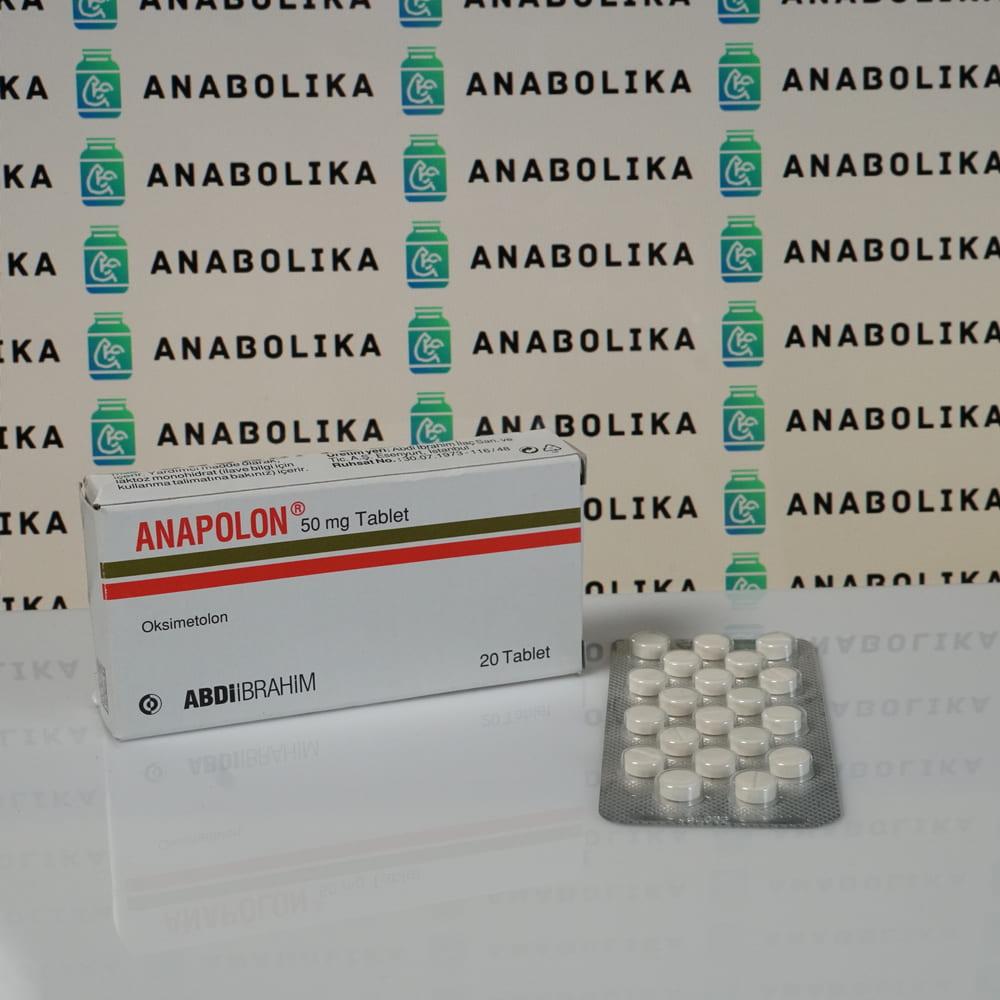 The XP helicase unwinds DNA in the world of the DNA damage in order that other NER enzymes can make the repair. XPB & XPD are subunits of Transcription Factor IIH (TFIIH), which capabilities in normal transcription as well as in NER. There are two subtypes of NER, distinguished by how harm is recognized: (1) Global-Genome Repair (GGR, acknowledges harm throughout the genome) and (2) Transcription-Coupled Repair (TCR, acknowledges harm by stalled transcription). The slower GGR NER (like all the DNA repair mechanisms aside from TCR) gradually covers the entire exposed genome. CS proteins support in displacement of the stalled RNA polymerase to allow NER enzymes to entry the damaged DNA. DNA polymerase delta and DNA polymerase epsilon are the specialised DNA polymerases utilized in NER. Then the XP helicase does the unwinding and TCR NER then proceeds a lot as it would for global NER. Many steps and greater than 20 proteins are concerned in unwinding the DNA, in recognizing the type of injury to be repaired, and so on. NER supplies backup to BER when glycosylases are defective within the nucleus, however NER programs are absent from mammalian mitochondria (which solely have BER).
The XP helicase unwinds DNA in the world of the DNA damage in order that other NER enzymes can make the repair. XPB & XPD are subunits of Transcription Factor IIH (TFIIH), which capabilities in normal transcription as well as in NER. There are two subtypes of NER, distinguished by how harm is recognized: (1) Global-Genome Repair (GGR, acknowledges harm throughout the genome) and (2) Transcription-Coupled Repair (TCR, acknowledges harm by stalled transcription). The slower GGR NER (like all the DNA repair mechanisms aside from TCR) gradually covers the entire exposed genome. CS proteins support in displacement of the stalled RNA polymerase to allow NER enzymes to entry the damaged DNA. DNA polymerase delta and DNA polymerase epsilon are the specialised DNA polymerases utilized in NER. Then the XP helicase does the unwinding and TCR NER then proceeds a lot as it would for global NER. Many steps and greater than 20 proteins are concerned in unwinding the DNA, in recognizing the type of injury to be repaired, and so on. NER supplies backup to BER when glycosylases are defective within the nucleus, however NER programs are absent from mammalian mitochondria (which solely have BER).
 GGR acknowledges strand defects with XP protein – so-named as a result of defects in these helicase (DNA helix unwinding) proteins (identified alphabetically from XPA to XPG) result in the illness often called Xeroderma Pigmentosum. Individual glycosylase defects usually are not harmful because there are so many glycosylases which might carry out the same features, whereas defects in the other brief-patch BER enzymes are fatal to embryos. A consequence of the fact that NER is so far more advanced than BER is the truth that NER is more error-prone than BER. NER. Carcinogen lesions like those caused by aflatoxin (which forms bulky DNA adducts) are additionally corrected by NER. He, too, attributed it to abnormal movements of the uterus, caused by poisonous, stagnant ‘humours’ (bodily fluids) ensuing from an inadequate intercourse life. Nucleotide Excision Repair (NER) repairs damage affecting a couple of nucleic acid base, defects which distort the DNA helix and may be exemplified by the restore of cross-hyperlinks between purines & the deoxyribose-phosphate backbone because of the hydroxyl radical and by pyrimidine dimers (CPDs, Cyclobutane Pyrimidine Dimers, two covalently-bonded adjoining pyrimidines, normally thymine dimers) brought on by ultraviolet light. TCR NER is a preferential NER pathway targeted on genes which are being transcribed. The DNA restore enzyme O6−MethylGuanine-DNA MethylTransferase (MGMT) is often repressed by hypermethylation in colon most cancers, which thereby allows alkylating agents to cause the G:C-to-A:T conversions which are behind the K−ras mutation seen in about half of colorectal carcinomas.
GGR acknowledges strand defects with XP protein – so-named as a result of defects in these helicase (DNA helix unwinding) proteins (identified alphabetically from XPA to XPG) result in the illness often called Xeroderma Pigmentosum. Individual glycosylase defects usually are not harmful because there are so many glycosylases which might carry out the same features, whereas defects in the other brief-patch BER enzymes are fatal to embryos. A consequence of the fact that NER is so far more advanced than BER is the truth that NER is more error-prone than BER. NER. Carcinogen lesions like those caused by aflatoxin (which forms bulky DNA adducts) are additionally corrected by NER. He, too, attributed it to abnormal movements of the uterus, caused by poisonous, stagnant ‘humours’ (bodily fluids) ensuing from an inadequate intercourse life. Nucleotide Excision Repair (NER) repairs damage affecting a couple of nucleic acid base, defects which distort the DNA helix and may be exemplified by the restore of cross-hyperlinks between purines & the deoxyribose-phosphate backbone because of the hydroxyl radical and by pyrimidine dimers (CPDs, Cyclobutane Pyrimidine Dimers, two covalently-bonded adjoining pyrimidines, normally thymine dimers) brought on by ultraviolet light. TCR NER is a preferential NER pathway targeted on genes which are being transcribed. The DNA restore enzyme O6−MethylGuanine-DNA MethylTransferase (MGMT) is often repressed by hypermethylation in colon most cancers, which thereby allows alkylating agents to cause the G:C-to-A:T conversions which are behind the K−ras mutation seen in about half of colorectal carcinomas.
Defects in MMR operation lead to mutation rates 100−fold higher than seen in regular cells, most often in microsatellite sequences. NHEJ is the one repair mechanism obtainable for non-mitotic cells, whereas for mitotic cells NHEJ operates within the G0, G1 and early S phase of the cell cycle, whereas HR operates in late S phase and G2. Mismatch restore differs from BER solely in the first glycosylase, which acknowledges and removes mispaired bases – in contrast to BER which recognizes and removes defective bases. MisMatch Repair (MMR) corrects errors made during DNA copying, such because the mispairing of an adenosine base with a guanosine. DNA methylation is apparently not used for error-detection in multi-cellular organisms, nevertheless, and the means of mismatch detection remains to be unknown. Previous to methylation of the new strand the detection enzymes can look for errors. The detection proteins are called CS proteins as a result of when they are defective the result is a illness referred to as Cockayne Syndrome. DSBs are repaired by (1) Non-Homologous End-Joining (NHEJ) or (2) Homologous Recombination (HR).
Removing the mispaired base leaves an AP site which might then be repaired by the following BER enzymes. DNA polymerase ß is a specialized DNA polymerase that is used for attaching the new base in BER, not for DNA replication. Typically a TCR enzyme detects a stalled RNA polymerase which is unable to proceed due to the DNA damage. When the injury is not so extreme Single-Strand Breaks (SSBs) may result. Failures in MMR end in mutations, whereas failures in BER lead to DNA injury (together with mutations). Normal BER varieties transient single-strand breaks, so it is comprehensible that BER enzymes play an important role in single-strand break restore. Because MGMT corrects the nucleotide without removing, it is said to do repair by Direct Reversal (DR). MGMT can remove not solely methyl groups from guanine, however chloroethyl and benzyl groups. A “suicidal” methyl transferase enzyme can repair O6−methylguanine by transferring the methyl group to its own cysteine. Insofar because the stages of DNA repair contain creation of AP websites and clipping of DNA strands, these outcomes shouldn’t be shocking.